Medicinal mushrooms have been used for centuries for their potential health benefits. It's true. Some mushroom use can be dated back more than 2,000 years ago. But one mushroom has gained popularity in recent years. Chaga (Inonotus obliquus) is well known for its antioxidant and anti-inflammatory properties. This valuable functional mushroom grows on birch trees in cold, northern climates.
However, there are two sides to this amazing mushroom.
While consumers clamber to get high-quality chaga tea, chaga tinctures, and chaga skin-care products, the rampant over-harvesting of chaga is threatening the ecosystem and depleting the natural population of this valuable resource.
In this article, we'll explore the growing conditions required for chaga mushrooms, some sustainable harvesting strategies for foragers, and the importance of sourcing sustainable chaga products.
We'll also discuss the potential of chaga cultivation in a lab or mushroom farm and the ethics of purchasing chaga products that are not sustainably sourced.
Let's dive in and learn more about chaga and how to protect this valuable natural resource.
What is meant by the two sides of chaga?
A lot of people are talking about the two sides of chaga. But what does it mean? As chaga becomes more and more popular for consumers, the overharvesting of this rare and valuable resource is becoming more and more apparent.
Just check out this segment from the United Plant Savers:
This demand for chaga has led to a feverish state of over-harvesting that may prove to be the ruin of an important health product. What is generally not appreciated is that the sterile conk, or living organism, is only found on one in 20,000 birch trees. Some readers will immediately react in denial, but the reality is chaga where found in a birch stand will often inhabit several trees in only that specific area.
Why is chaga at risk of over-harvesting?
Chaga mushrooms have a unique risk for over-harvesting for a number of reasons. Not only is this fungi packed with beneficial compounds, but it's being studied for a number of potential health benefits.
1. Chaga has medicinal and functional properties
The benefits of chaga are still being studied. But early scientific research showcases some of the potential benefits including its ability to boost the immune system, reduce inflammation, and provide antioxidant support.
But that's not all. Chaga is being studied for its potential role in fighting cancer, supporting liver health, improving gut health, and reducing the risk of cardiovascular disease. It's also purported to have anti-aging benefits and may help to improve cognitive function.
Head on over to our guide you want to learn more about the benefits of chaga.
2. Chaga is in very high demand
As more and more people turn to natural remedies, chaga is getting pushed further into the spotlight. This conky mushroom has gained enormous popularity in recent years due to its potential health benefits, leading to an increase in demand for the mushroom.
This demand can put pressure on harvesters to collect more chaga than the natural population can sustain.
3. Chaga is a slow-grower
Unlike some of the mushrooms that you can grow right on your countertop, chaga grows slowly. It's true. Chaga mushrooms can take up to 20 years to reach maturity. This means that overharvesting can quickly deplete the population, making it difficult for the mushroom to regenerate.
4. Chaga has a very limited habitat
Chaga grows only in specific regions of the world where the environmental conditions are suitable. Its limited habitat means that once the population in a particular area is depleted, it may be difficult to find new sources of chaga.
Chaga is most likely to be found in Canada, Russia, Siberia, northeast China, and some northern parts of the United States.
5. Chaga foraging is severely under-regulated
In many areas where chaga is common, a lack of mushroom foraging regulation means there is little to no enforcement of sustainable harvesting practices. This makes it easier for harvesters to - intentionally or unintentionally - over-collect chaga.
6. Chaga supplements are also loosely regulated
The chaga trade is largely unregulated, which can make it difficult to monitor and control harvesting practices. Many chaga supplements can enter the market without third-party testing for quality or quantity. This means supplement products can mislead consumers about the type of mushroom used, how much mushroom is used, and how it's sourced and extracted. The lack of regulation in the supplement industry means that unsustainable harvesting practices and over-harvesting can happen unchecked.
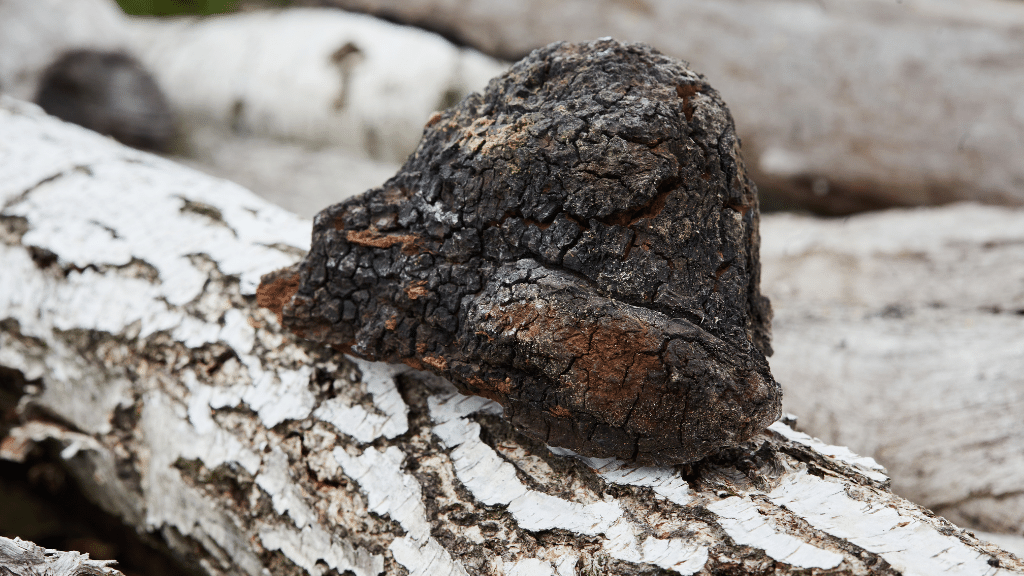
Why is over-harvesting chaga a problem?
Over-harvesting any mushroom can pose a risk to the natural ecosystem where it thrives. But chaga is at unique risk of over-harvesting for a number of factors.
Over-harvesting this mushroom can deplete the natural population of the mushroom and threaten the ecosystem it relies on. Like we mentioned above, chaga grows very slowly, taking years to mature before it can be harvested, and is only found in specific regions of the world where the environmental conditions are suitable.
Overharvesting makes it difficult for the mushroom to regenerate and causing long-term damage to the forest ecosystem.
But chaga isn't just great for functional medicine -- it also. has a key role to the environment. Chaga helps to decompose dead trees. This process helps to enrich the soil and provide nutrients to other plants and organisms in the forest. Overharvesting chaga disrupts this natural process, which can affect the forest as a whole.
There are larger ethical concerns with overharvesting as well. Overharvesting can also lead to the exploitation of vulnerable communities that rely on chaga as a source of income. When demand for chaga increases, some harvesters may resort to unsustainable harvesting practices, such as harvesting immature or unhealthy mushrooms - or harvesting beyond sustainable levels - which can lead to long-term economic and social problems.
What growing conditions are required for chaga to thrive?
Chaga grows predominantly in cold climates, such as northern Europe, Russia, Canada, and some parts of the United States. It grows on birch trees, primarily on the trunks and branches of older trees, between the ages of 40-60 years, in forests with a high percentage of birch trees.
A magical combination of factors needs to happen in order for chaga mushroom to thrive, including:
-
Cold climate: Chaga likes to grow in cold, northern climates with long and cold winters with short summers.
-
Birch trees: Chaga is a parasitic fungus that grows on birch trees, primarily on the trunks and branches of older trees.
-
Age of birch trees: Chaga prefers older birch trees between the ages of 40-60 years, as the tree's bark becomes more susceptible to fungal infections as it ages.
-
Healthy birch trees: Chaga prefers healthy birch trees with strong immune systems, as weakened trees are less likely to be able to resist the fungus.
-
Forest environment: Chaga grows in the wild in undisturbed forests with a high percentage of birch trees, as forests with a more diverse range of tree species may not provide the optimal growing conditions for chaga.
Can chaga be grown in a lab or on a mushroom farm?
So if over-harvesting is a problem, can chaga be grown at home or in a lab, like cordyceps?
Unlike some of the other popular healthy mushrooms, chaga is a parasitic fungus that grows on birch trees, and it has not yet been successfully cultivated in a lab or mushroom farm. The complex relationship between chaga and birch trees makes it difficult to reproduce the same growing conditions in a lab or farm setting.
But there is hope. When cordyceps was at risk of over-harvesting, scientists were able to recreate the mushroom in a lab, despite it's equally (and more disturbing) growing methods.
Chaga is dependent on the birch tree for its growth and survival, and it obtains many of its nutrients from the tree itself. Therefore, attempts to grow chaga in a lab or mushroom farm would require a method to simulate the same relationship with birch trees, which has not yet been developed. Not to mention, timing is also a critical factor. Remember, it can take nearly TWENTY YEARS for chaga mushrooms to reach maturity.
While it is not currently possible to grow chaga sustainably in a lab - or on a mushroom farm - there are ongoing efforts to cultivate the birch trees that chaga grows on in a sustainable manner. These secondary efforts include promoting sustainable forestry practices, conserving forests and their biodiversity, and protecting the habitats of birch trees and the organisms that depend on them.
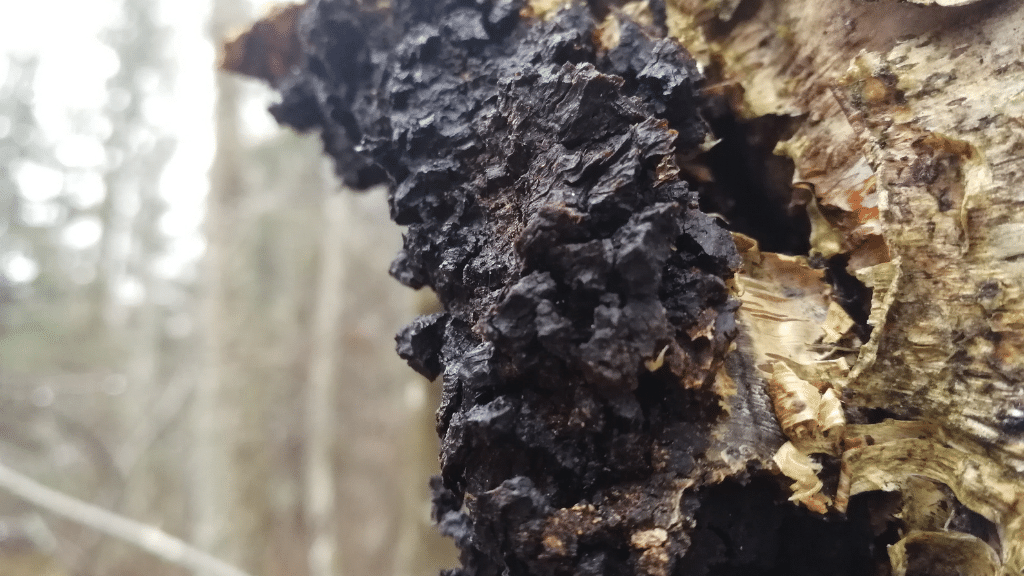
How to harvest chaga sustainably
If you're a forager and you stumble across some wild chaga - or you know of a hot spot and like to return there regularly, there are some important sustainable harvesting practices to keep in mind:
-
Practice sustainable harvesting methods: You can practice sustainable harvesting methods, such as harvesting only mature chaga mushrooms and leaving at least 70% of the mushroom behind. This helps to allow for natural regeneration of the mushroom. You'll also want to be extra careful to avoid damaging the birch tree. Always use proper tools and techniques to harvest the chaga.
-
Limit the amount you harvest: We really cannot stress this enough. While it can be tempting to harvest the entire chaga mushroom, you may be contributing to the over-harvest of the mushroom in your region. Not to mention, you may be preventing its regeneration for future seasons. Make sure you limit the amount of chaga you harvest by collecting only what is absolutely necessary for your personal use. Do not exceed the sustainable harvest amount for a particular area.
-
Help spread the word by educating others: Foragers can educate others about the importance of sustainable harvesting practices and the numerous negative impacts of over-harvesting chaga. By spreading the word, you can help to raise awareness and encourage others to take responsible actions.. One of the best ways to do this is to work with local communities to promote sustainable harvesting practices and develop regulations for chaga harvesting.
-
Only support sustainable chaga products: Foragers can support companies that use sustainably harvested chaga in their products. This can help to promote sustainable harvesting practices and encourage responsible harvesting.
By following these steps, you can reap some of the benefits of this mushroom without preventing others from enjoying the same benefit in years to come. With that in mind, we put together some safe and sustainable foraging tips.
Chaga harvesting tips
-
Make sure your chaga is mature: Only harvest mature chaga mushrooms that are at least 10-15 years old. You can identify mature chaga by its coloring. Mature chaga will be black on the outside and yellow-brown on the inside. It should be very hard to the touch.
-
Use proper harvesting tools: Use a sharp hatchet or chisel to gently remove only the amount you absolutely need from the tree. Always leave at least 70% of the whole mushroom intact to help encourage regeneration. Even though chaga is tough to work with, you should avoid using power tools or excessive force. This can damage the tree and reduce the chances of future chaga growth. Just be safe and patient.
When it comes to chaga harvesting tools, we recommend using a sharp hatchet or chisel. These tools provide better control and precision than a normal mushroom foraging knife. Not to mention, sharp chisels allow for a cleaner cut and reduce the risk of damaging the tree or the chaga.
If you do choose to use a knife, please use caution. The knife you choose should be a sturdy, sharp blade that is specifically designed for outdoor use. Leave your kitchen knife at home, okay? A knife with a curved blade can help to make it easier to cut around the irregular shape of the chaga mushroom.
If you've never harvested chaga before, beware. Using a knife to harvest chaga can be significantly more difficult and may increase the risk of injury or damage to the tree if not used properly. Please. Be careful. Always prioritize your safety AND the safety of the tree and bark first.
-
Harvest from a healthy tree: Choose a healthy birch tree with no signs of disease or damage. A healthy tree will be more likely to support future chaga growth and resist infections!
-
Harvest from different areas: Harvest chaga from different spots on the tree to avoid damaging the same area repeatedly. This can help to ensure that the tree remains healthy and can support future chaga growth.
-
Leave some chaga behind: Leave some chaga on the tree to allow for natural regeneration and to ensure that future chaga growth is not compromised. Ideally, foragers should not harvest more than 30% of the chaga from a single tree.
-
Avoid damaging the bark: Do not damage the tree's bark when harvesting chaga. You may be tempted to unsafely scale the tree by using tools to climb it. But by doing so, you risk damaging the bark of the tree. The bark protects the tree from infections and damage. If you damage the bark, you are dramatically increasing the tree's risk of infection. Not to mention, you are reducing the risk of future chaga growth! If you have to damage the tree or the bark to reach the chaga -- just don't do it!
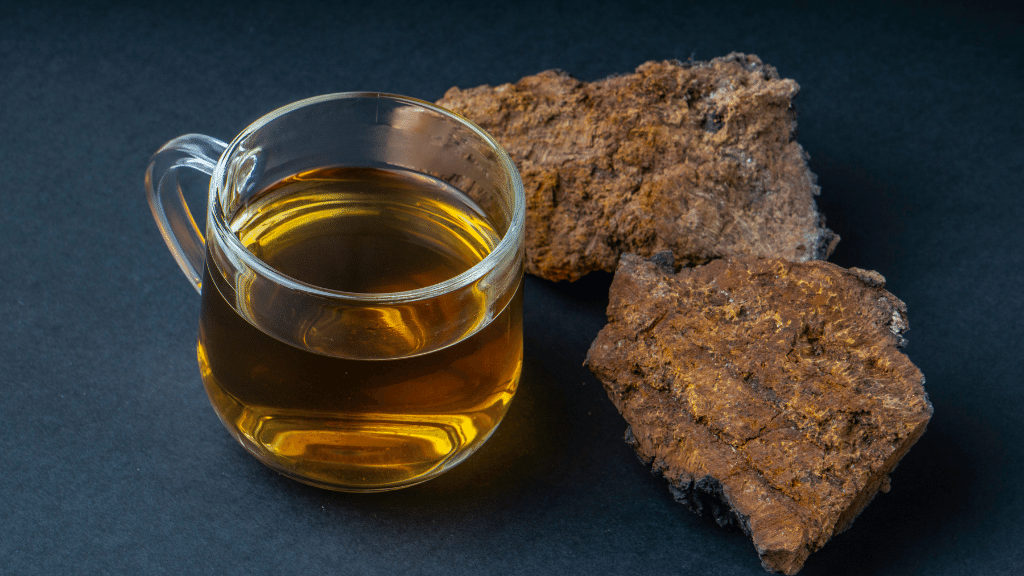
Is it ethical to purchase chaga products?
With so much risk to the mushroom, you may be wondering, is it even ethical to purchase chaga products if there's so much risk to their future?
The long and short of it is - no - it is not ethical to purchase mass-produced chaga products if they are not being sourced sustainably. We can't say it enough. The unsustainable harvesting of chaga mushrooms can have a range of negative impacts on the environment, including depleting natural populations, damaging forests, and disrupting the ecological balance of the ecosystem.
By purchasing chaga products that are not sustainably sourced, consumers are supporting these unsustainable practices and contributing to the problem. Certainly, we can suggest that more regulation is required. But please use caution when purchasing chaga products from mega-sites and mega-producers.
It's incredibly important to research the companies and products that you purchase. This is true for any mushroom product. But it's especially true for chaga. Make sure that they are using sustainably sourced chaga. This can include looking for companies that have certifications or use sustainable harvesting methods, as well as contacting the company directly to ask about their sourcing practices.
Whenever possible, contact a local mushroom farmer or apothecary to get your chaga supplements locally. Our mushroom farm map is a great place to start.
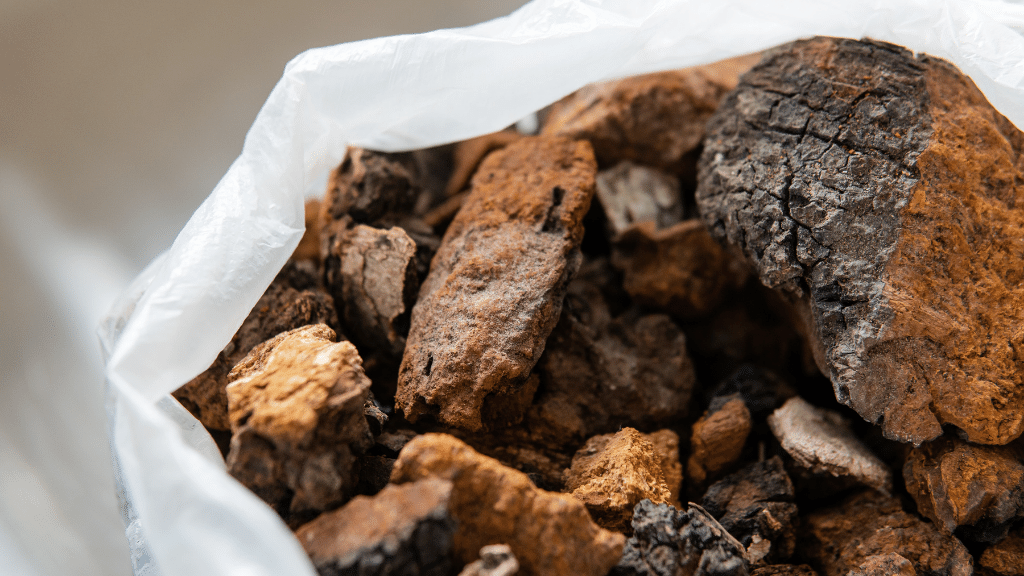
Where can I find a sustainable chaga product?
Head on over to your local farmer's market and try to find a mushroom farmer or apothecary. They are going to be the best bet when it comes to finding the best mushroom product.
Recently, we had the pleasure of meeting some of the founders behind the Earth Spiral Apothecary. Their mission is to "Uplift the consciousness of the collective through restoration and reclamation of our connection to not only our Earth Mother, but to our truest and most inspired versions of ourselves."
Using wild-harvested chaga from Maine and New Hampshire, this immunity tincture is not only absolutely delicious but packed with immune-supporting ingredients. It's a great option for those looking to use chaga mushroom to improve immune function. (Please note, Remeday does not receive affiliate or paid revenue from this product. We just really love it.)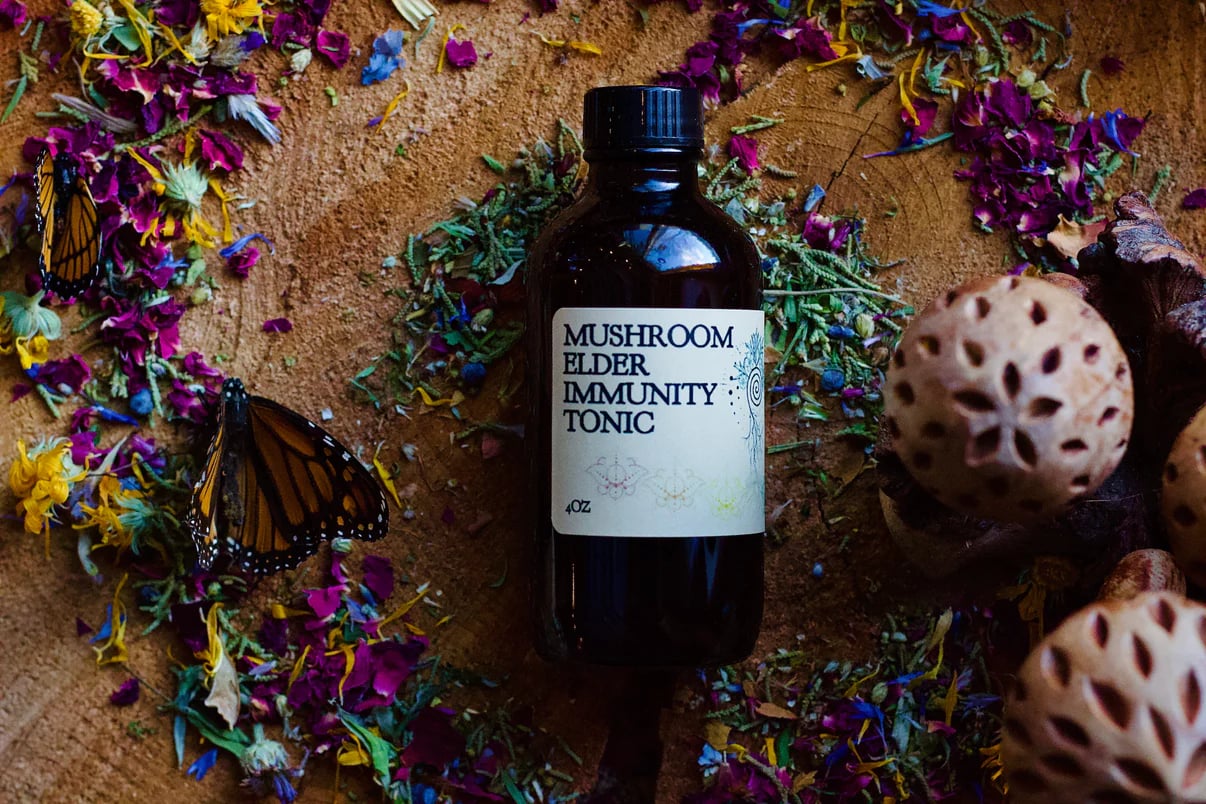
If you're looking for a bit more chaga in your tincture, then Life Cykel may be a great choice for you. This small-batch company uses wild-harvested chaga in their tinctures and a double extraction process. We've used Life Cykel for years here at Remeday and feel confident in this product's quality, purity, and sourcing.
Please note that if you choose to purchase a product from Life Cykel, Remeday will receive a small affiliate commission. This comes at no added cost to you and is how we are able to keep our site up and running.
At Remeday, we only ever recommend products we've researched and have tried ourselves.
Want to join our rapidly-growing list of subscribers? Learn more about our educational newsletter: The Morningmush and get quality mushroom content delivered straight to your inbox.


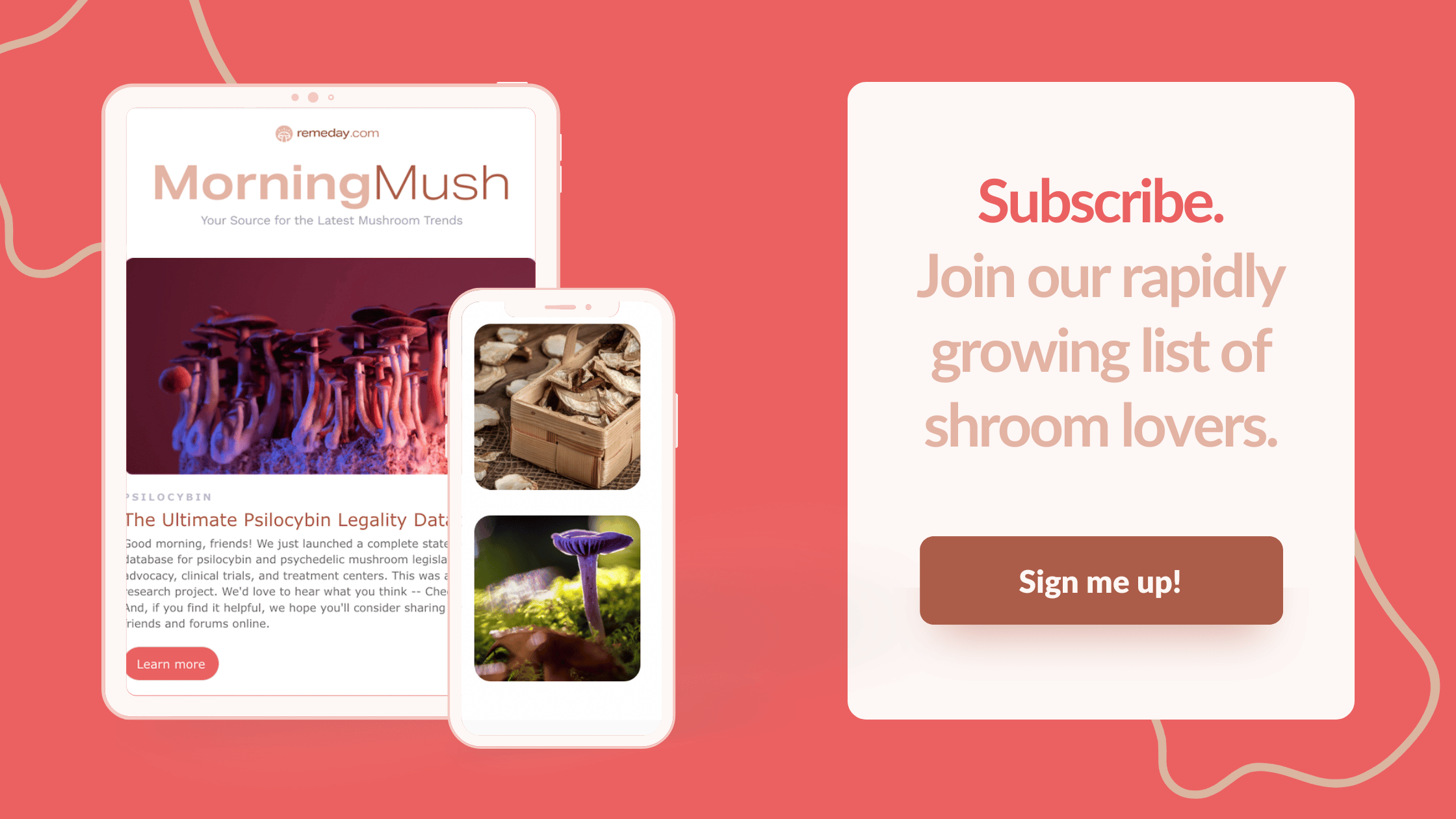
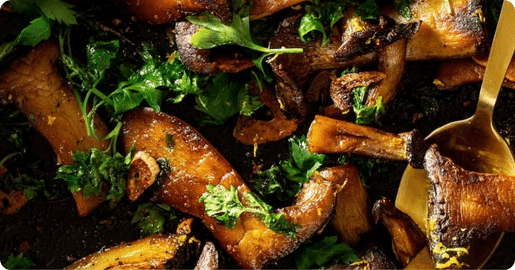
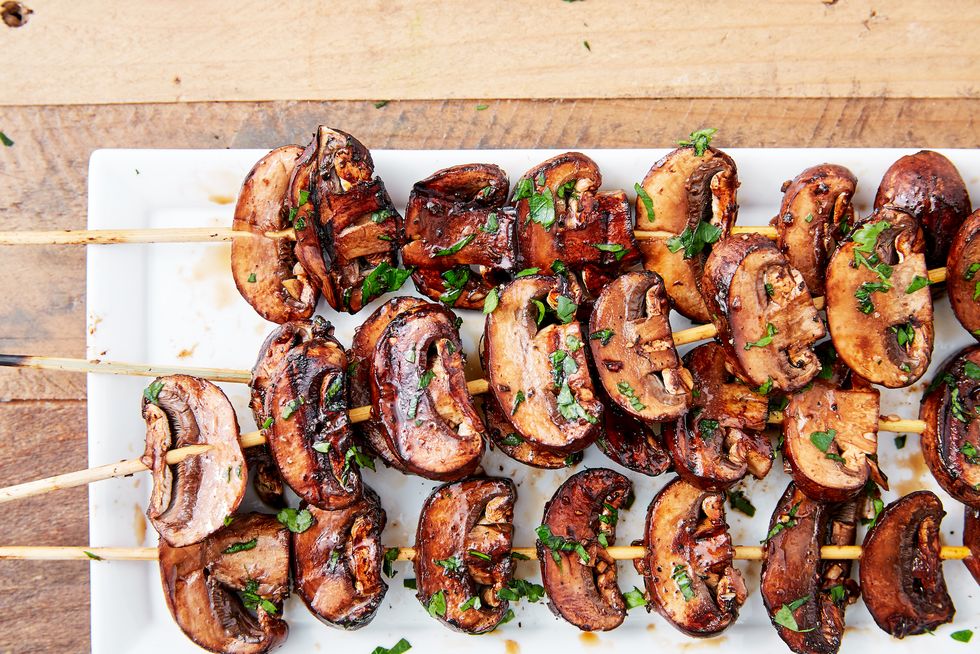


.png)
